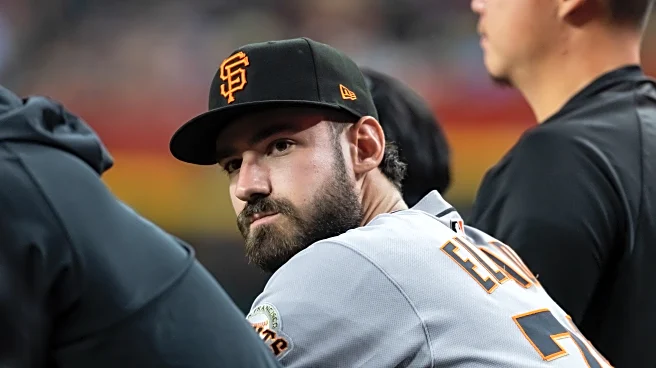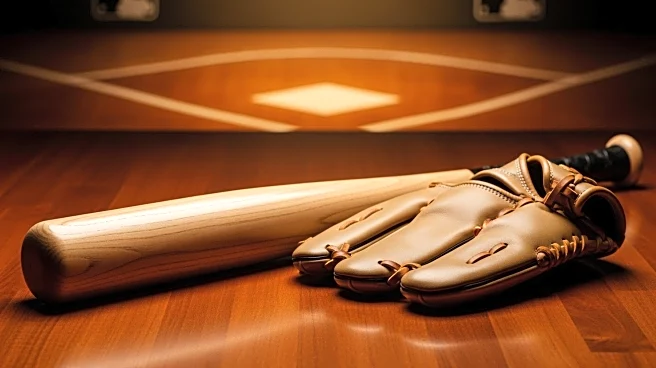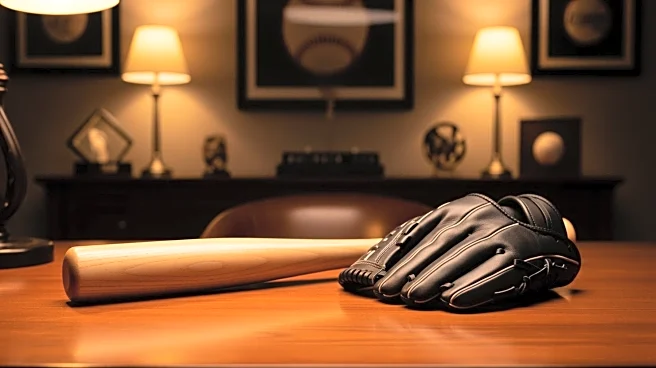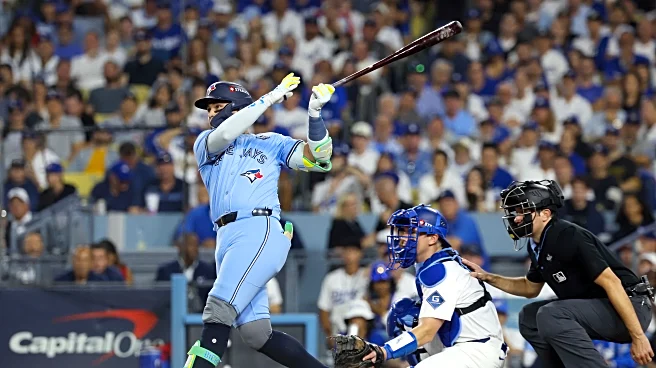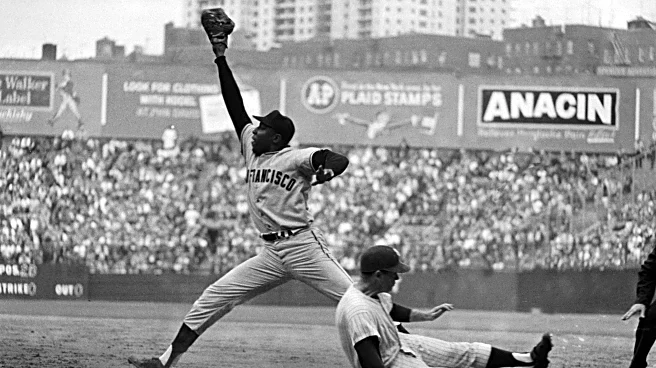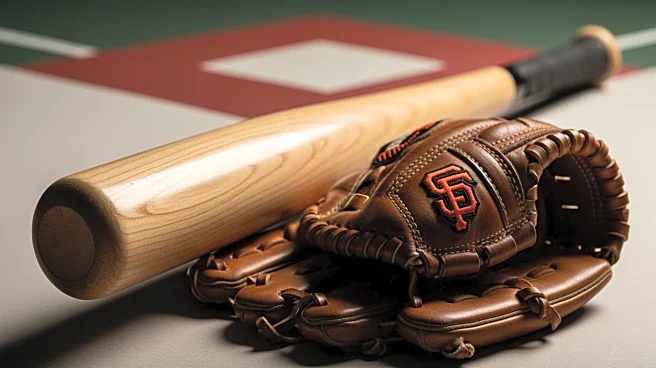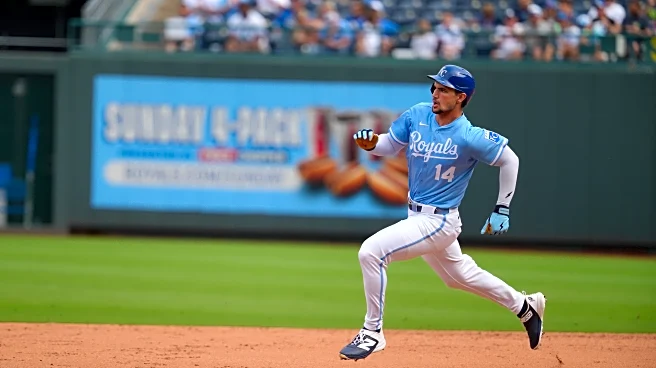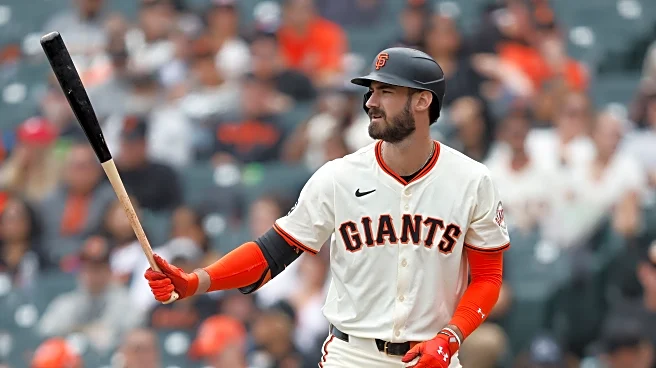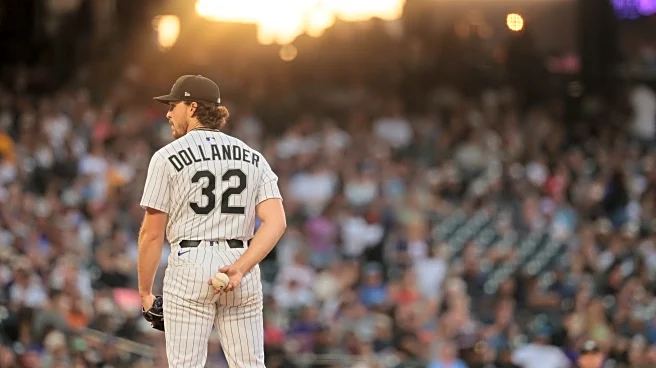Bryce Eldridge’s mid-September call-up was billed as a desperate search for an offensive boost in a desperate and flailing push for the postseason. Admittedly, a big ask for a 20 year old, and somewhat
unsurprisingly, the team’s young top-prospect did not provide the much-needed kick in the pants. The Giants pulled at October’s push-door and there you have it.
Under that very specific lens, Eldridge’s first taste of the Majors was a bitter one. But it feels unfair to judge the kid too harshly based on the numbers he put up over his first ten games. What’s even the point of specifically writing out his full .107/.297/.179 slash line (37 PA), putting it in bold at the top of this post, or the fact that he swung-and-missed 35% of the time and struck out over a third of the time? Those numbers are bad, Eldridge certainly struggled to contribute, yet the conditions of the whole experiment were off. Small sample size, ramped up expectations, debut adrenaline, potential aggravation from a bone spur, September fatigue — the data is tainted, and since the data is tainted, we get to cherry-pick which results reflect our chosen reality and ignore the ones that don’t.
Personally, I want to live in a world where Bryce Eldridge is awesome, where he provides some length and pop to the Giants line-up and makes a run at Rookie of the Year in 2026. I think that’d be pretty darn neat. That future, though far-off and warped in a heat-haze, feels possible.
Let’s start with his batted-ball stats. Loud outs were his strong suit. 7 of the 12 times he recorded a field out, the baseball left his bat at 102 MPH or faster. His average exit velocity was 95.6 MPH and notched a hard-hit rate of 68.8%. He barrelled the ball 25% of the time.
For his first career hit, a 3-run double off Tyler Glasnow at Dodger Stadium, you can hear that Eldridge doesn’t get all of it. He’s a fraction of a second behind the belt-high 96 MPH sinker. It was more of a splat than a crack off the bat. Still, it jumped off the bat at 101 MPH. It had distance and caused Michael Conforto fits as he tracked it over his head and into the base of the wall. Power comes easy to his 6 foot 7 frame, and what we saw from him in September hints at a deeper well.
Then there was his feel for the strike zone. Eldridge walked 7 times for a BB-rate flirting with 20%. The discipline around the zone was even more impressive, especially considering his youth. Typically 20 year old rookies with raw power like his want to show that off. They step into the box so eager to smoke a pitch they’re visibly vibrating. They can’t keep from wagging their bat like a tail. They’re at the plate making revving noises as if they’ve got a chainsaw in their hands, as if they’re a lumberjack in a world of trees. Look at all these dumb trees that can’t even move, they think. Rrvrvvrmmm, rrrrvvvrrrvvvrrrrrmmmmmm, they think — before swinging wildly at a fastball two feet above their head.
We didn’t see that from Eldridge. In multiple close games against St. Louis, Arizona and LA when a hit would’ve been heroic, he put himself on base rather than force himself on a pitch out of the zone. He didn’t do his opponents a lot of favors. When he missed (which he did a lot), at least he was swinging at pitches he could’ve hit. And that’s part of the big league adjustment. Eldridge admitted that some of the breaking and off-speed pitches were the best he had ever seen, and more exposure is needed to get acclimated to them. But even then, Randy Winn never thought he looked “over-matched.” It’s a good sign when even the outs you make at the Major League level allude to the fact that you belong there.
With Wilmer Flores and Dom Smith out as free agents, there seems to be a clear space for Eldridge on the 2026 roster to fill. As always injuries could be a wrench. He missed the first month of the Minor League season last year with a wrist injury suffered in camp. The estimated recovery time for his bone-spur surgery to that same left wrist has him ready in time for Spring Training, but the team won’t rush him through any discomfort if he experiences any. But if he’s healthy and solid in the Spring, expect to see him break camp on the big league roster. He could continue to tag-team the first base position with Rafael Devers (remember how he fell on that soft-liner to start a rally-killing double play against LA — the kids a natural!); and to mitigate his exposure against lefties (he only had 2 PA against them as a Giant), could serve as a platoon DH role with someone like Jerar Encarancion.
Lastly Tony Vitello – Bryce Eldridge relationship will be the most compelling storyline to develop this Spring Training. How does this untested Major League manager handle this untested franchise talent? Though Buster Posey will surely have his say in how Eldridge is handled, I can’t imagine it’s a coincidence that these two paths are aligning. Eldridge never went to college, he’s the same age as the Tennessee players Vitello has coached all his life. He’s familiar clay, and the front office wanted someone with the new manager’s unique expertise to help sculpt their budding talent.
